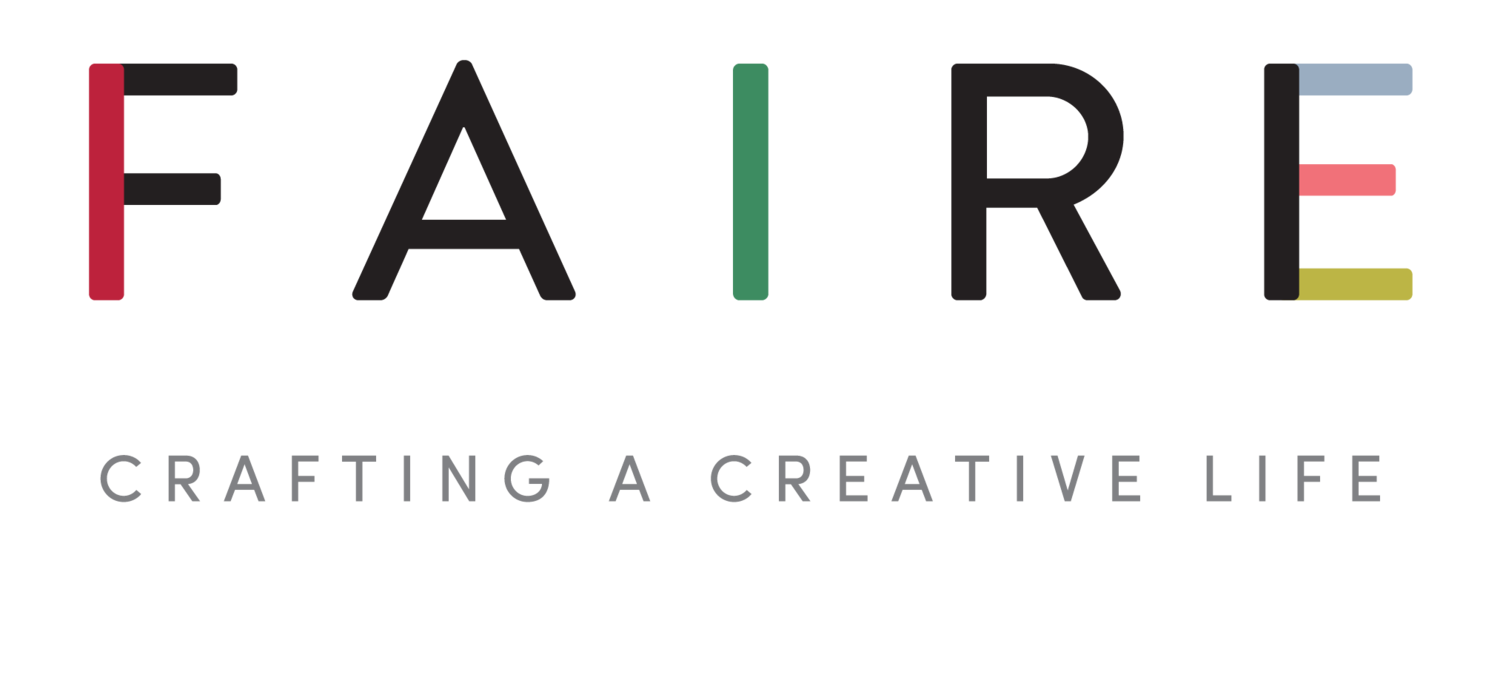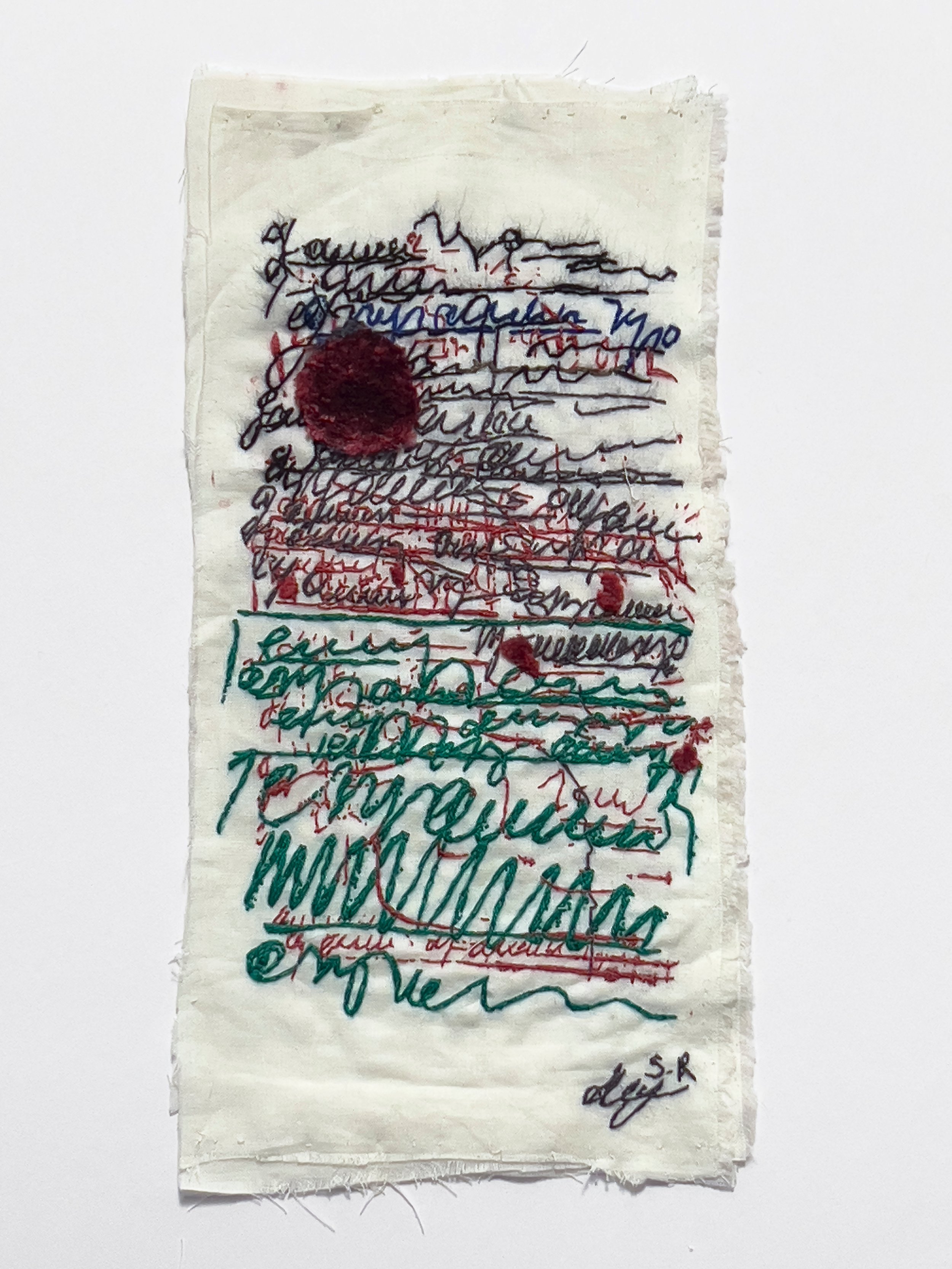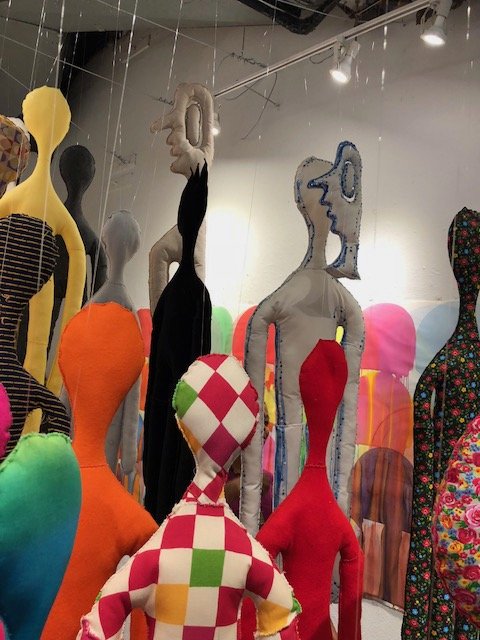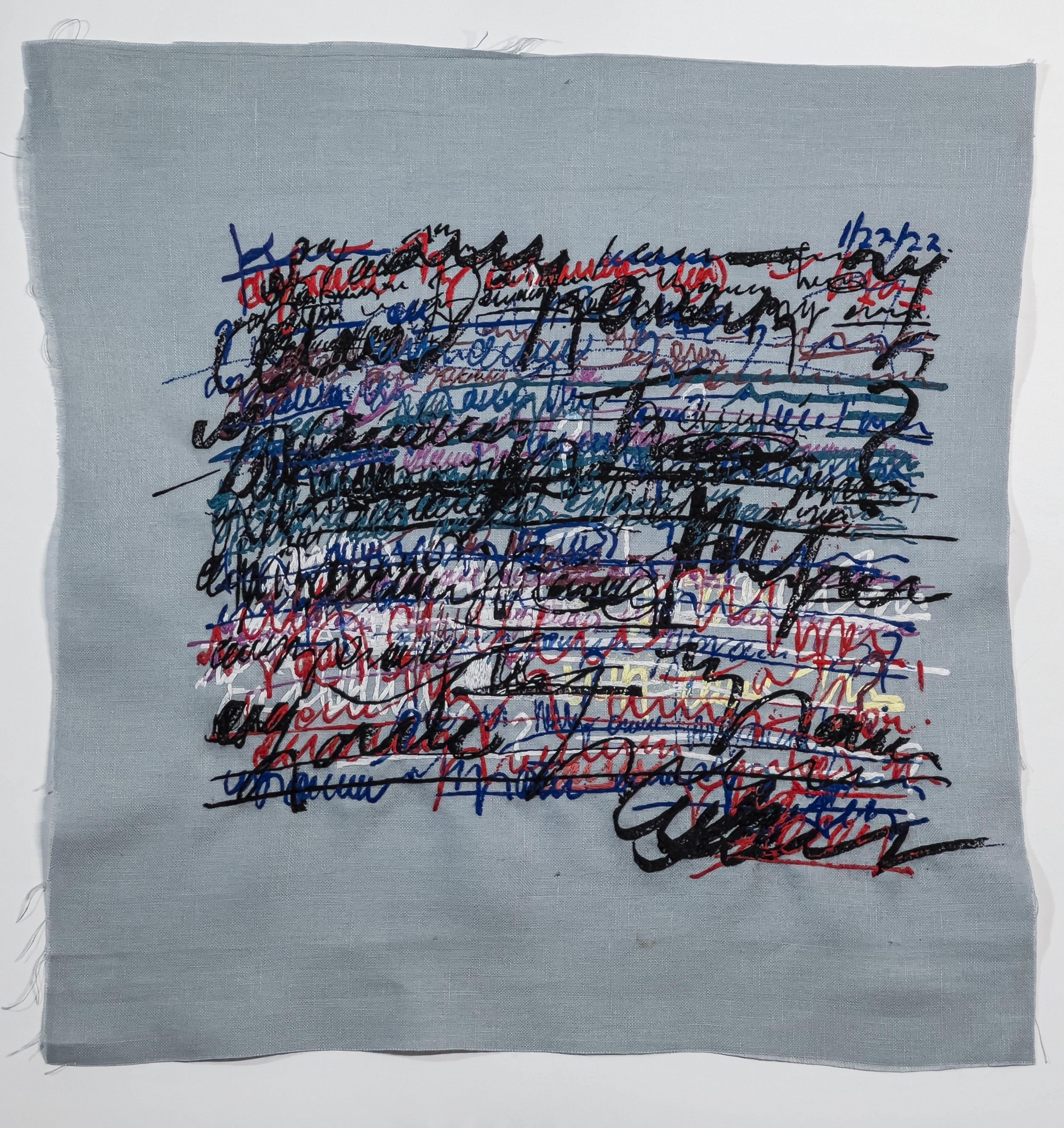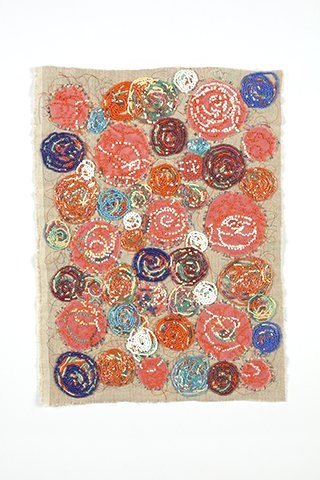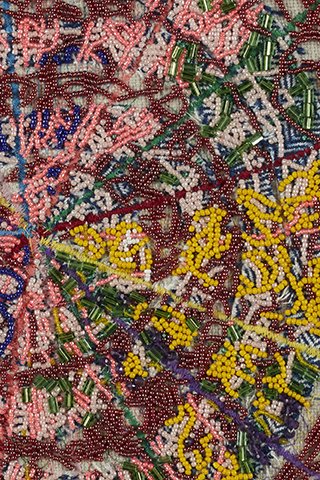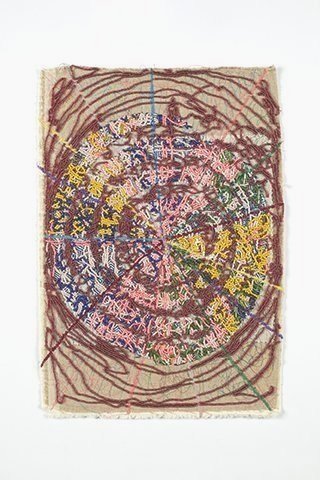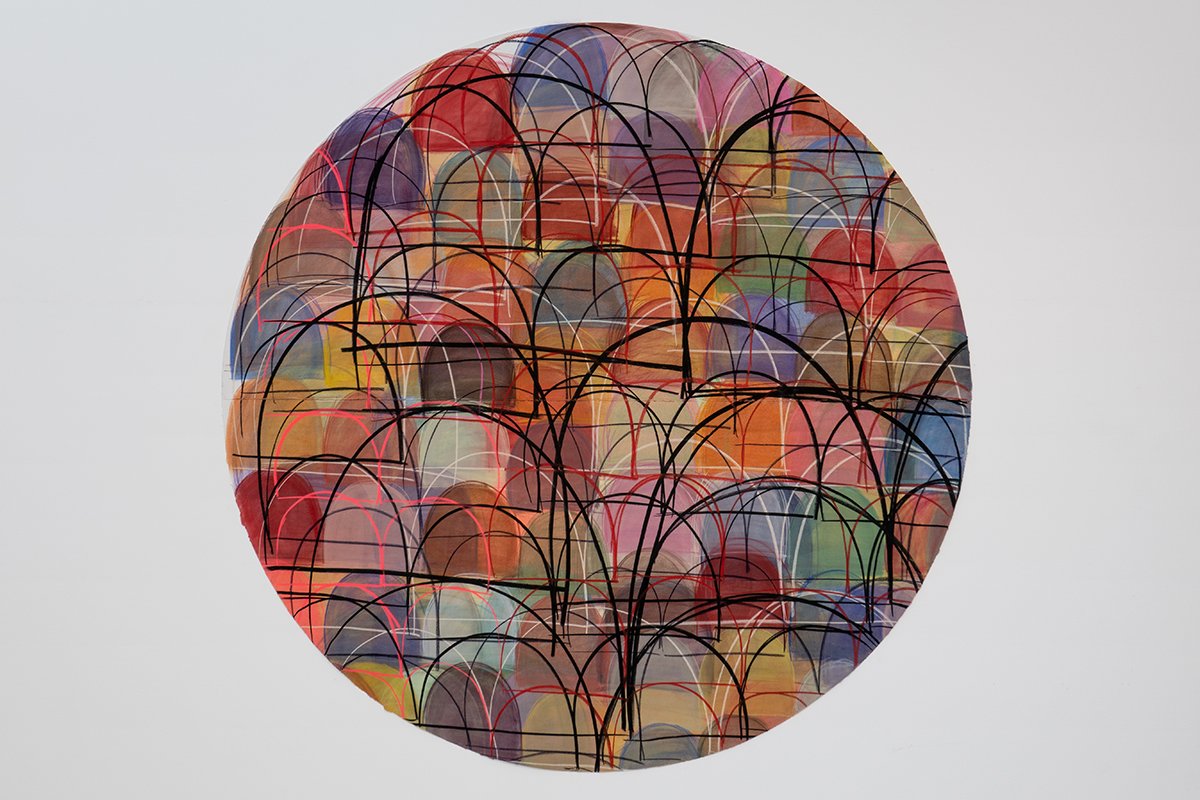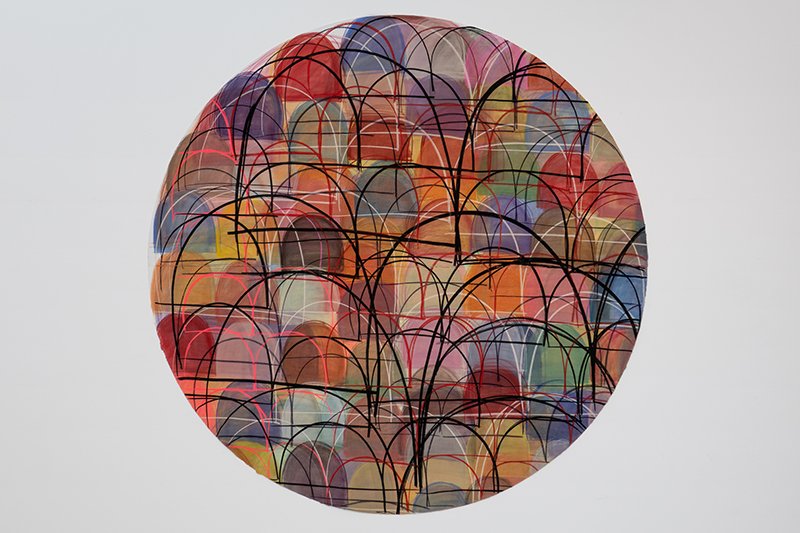A Common Thread
Svetlana Rabey was born in Moscow Russia and grew up in Philadelphia and New York. After studying dance in New York, she attended Parsons School of Design and graduated with a Bachelor in Fine Arts in 1996. She received the Marie Walsh Sharpe Space grant in 2006 and the ChaShaMa residency program in Harlem in 2007. She carries the associations of her intensive dance training and the legacy of her Russian emigré heritage as inspiration and symbolism in her work across drawing, painting, and sculpture.
After the birth of her son, she shifted materials from oils and created a series of large watercolour works on paper. These works led to commissions and reproduction collaborations with IKEA, Urban Outfitters and Sugarlift respectively.
She has been a recipient of the NYFA drawing fellowship 2015 and the ChaShaMa Exhibition space residency in 2016 and 2018. She recently completed a residency at Sugarlift Highline Nine Galleries. Svetlana lives and works in New York City with her son and husband.
Words by Svetlana Rabey, Photography by Colin Montgomery
“Making art is a vocation for me. I am always trying to create something new, to look for questions, possibilities. I have a constant urge to make something”
- Svetlana Rabey
I grew up in a Russian immigrant family. My parents came to the U.S. from Moscow in 1972. I was 2 years old. I grew up speaking Russian to my parents and their friends, all of whom did not speak English very well. So, from an early age, I grew up in a culture within a culture, simultaneously exposed to two languages and mentalities. Later, I trained as a classical dancer before turning to fine arts. I studied painting in France at Parsons School of Design and finished my BFA degree in painting in NY. Movement and repetition are the core concerns in my artistic practice.
ChaShaMa exhibition New York
My earliest memories of creating were obsessively copying Mickey and Minnie mouse cartoons as well as reproducing in great detail the abstract designs on the boxes of tissue paper boxes and other packaging. I was always intrigued by the designs and motifs. I also made life-size hand-sewn dolls, with very long floppy limbs. These I have remade as an adult.
ChaShaMa exhibition New York
Materials Guide the Artistic Process
In art school, I studied art history, traditional painting techniques and the general concepts of art and contemporary art. However, many of the techniques I use in my art now I have learned on my own either from YouTube or through books such as embroidery, beading, and sewing. I am always interested in new techniques, from printmaking, papermaking, beading, sewing, fabric dyeing, and weaving. I would love to learn stained glass techniques.
Letter of Separation 16” x 18” Embroidery on linen
Creative Process
Sometimes it is hard to work in solitude. There are good days and bad days. I work in cycles of themes and styles. When I am working with the arcs, I work quickly and let the materials guide the drawing process and colour. These works happen quickly, rhythmically, and almost function like a daily exercise or meditation. I work with a series of materials; pastels, oil, ink, watercolour and create a series with the material until I’ve exhausted the theme. These gestures are broad and involve a lot of motion. This is probably the cycle that has the most in common with dance. When I run out of steam or when I am inspired by something else, it could be past work, I sew and write. This cycle is very detailed, and each piece takes a long time. It is a much quieter process. I like to move back and forth between these two styles. Because they are so different, it can feel a little confusing even for the viewer, but I like the challenge of finding the similarity in the contrast. It gives renewed life to both.
“My creative style changes. On one hand colourful, rhythmic, and abstract. On the other, obsessive, detailed, and dense.”
Faire: Who do you have in mind when you sit down to create your work?
Svetlana Rabey: My main starting point is the materials. The materials dictate the journey of the work. I have a very intimate and curious relationship with the materials. Movement and repetition are constant agents in my work. They exist on the micro-level in the detailed pieces and on a macro level in the large gestural paintings.
F: What informs and inspires your work more generally?
SR: Dance, craft, movement, and repetition. The striving for unattainable perfection. Concepts of censorship and language inform my detailed writing drawings and beaded pieces.
F: What is the best advice that you have been given – either personal or professional?
SR: Follow what makes you feel good.
F: What books, articles, or readings are on your nightstand right now?
SR: “Commonwealth” by Ann Patchet, “Voices in the Evening” by Natalia Ginzburg, “The God of Small Things” by Arundhati Roy, “Survival in Auschwitz” by Primo Levi, “The Mandarins” by Simone de Beauvoir, and “Writing Degree Zero” by Roland Barthes.
F: What have been your biggest challenges with your creative business?
SR: Getting my work shown, dealing with rejection, and lack of time.
“Sometimes it is hard to work in what feels like a void. If no one sees the work, does it exist? This can be tough. At the same time, there is great freedom in solitude. ”
F: How have the worldwide restrictions of COVID19 impacted your business and have you had to adapt or change these last few months?
SR: Without the studio, I had to work from home and change my materials and scale. I learned embroidery and beading. This is a practice that lends itself well to a home environment. I translated what I wanted to do in the studio to a home scale which opened a whole new world of materials.
F: What has been your biggest accomplishment?
SR: The birth of my son!
To find out more about Svetlana, visit svetlanarabey.com, or follow @svetlanarabey
